I don’t write many book reviews on here – thank’s to the allure of the dreaded internet, I’m no longer the book reader I used to be (short of the odd Thomas the Tank Engine etc that I read to the kids at least) – but this book has been read and enjoyed from cover to cover.
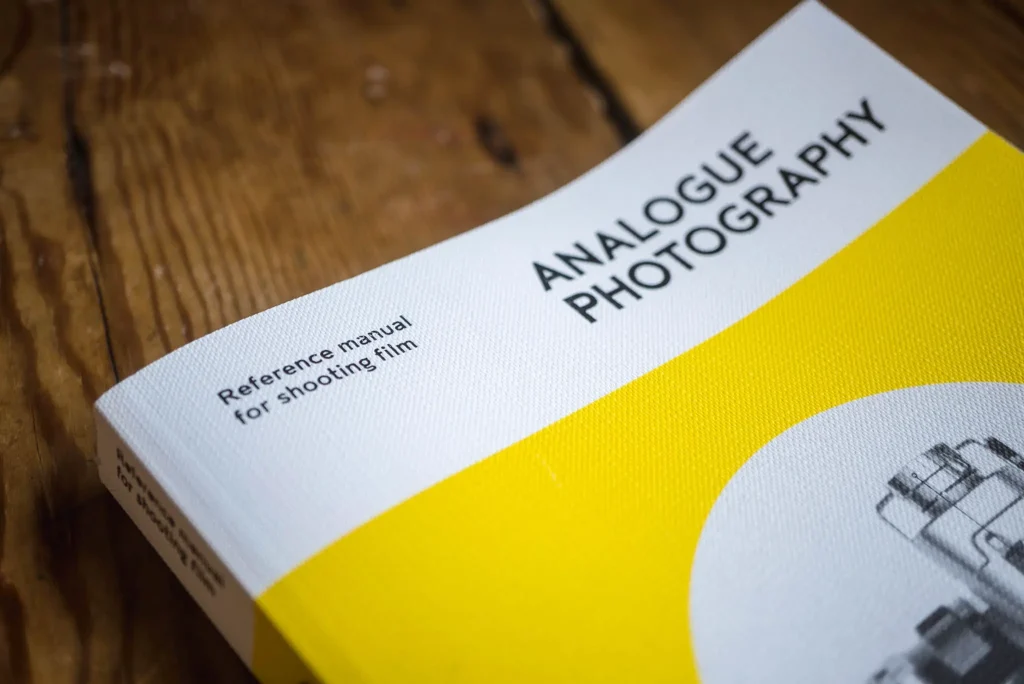
A couple of years ago I was contacted by a publisher about the idea of writing a book. I actually signed the contract and had begun the process when I realised it wasn’t for me. The issue was, the book the publishers wanted me to write, and the book I wanted to write, were simply too far apart. I suppose you could say the relationship collapsed because of creative differences. There were two things I wanted in my book: really nice design, and lots of base level technical and instructional details about how to use and shoot film cameras. The publishers wanted flowery stuff about composition and experimental film photography – I don’t have any issue with that sort of thing, I’m just not that interested in writing about it. After we went our separate ways, for a long time I thought about the book I wanted to write, how viable it was, how much money it would take to get off the ground etc.
Having now found myself in the possession of a copy of Andrew Bellamy and Vetro’s ‘Analogue Photography – Reference Manual for Shooting Film’, if you’ll excuse the pun, I’ve shelved the idea. It’s basically the exact book I would have aspired to write… though is likely a good bit better than I would have actually achieved…
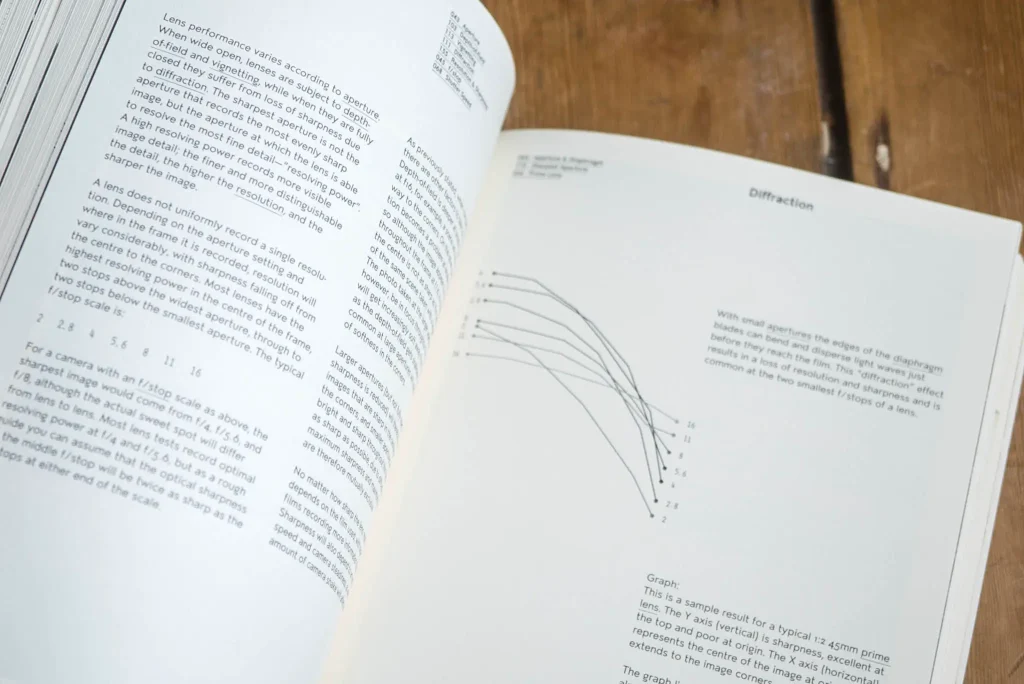
Design
Firstly, I want to touch on the design and layout of this book – it really is spot on in my opinion. It has the feel of some sort of 1970’s manual in terms of the diagrams and illustrations, but with that comes a really nice clean contemporary and minimal layout. It’s quite stylised, and deliberately so, but not in a way that feels like it gets in the way of the useful information within. The combination of diagrams and illustrations is near perfect, with only a rare few falling slightly short due to imperfections that appear to be caused by the process of printing the book. Though I’m even inclined to let it off these – the imperfections somehow add to the charm.
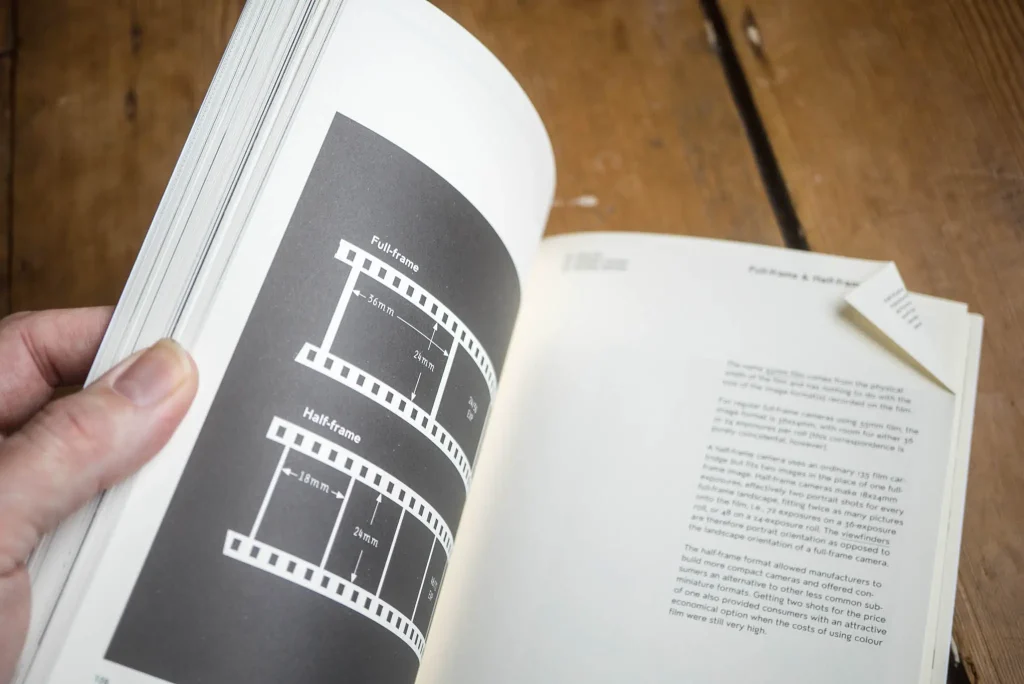
Content
The way I learned photography makes the most amount of sense. Of course I would think this, it’s the way I did it and it worked for me. For a long time all I thought about was composition – in fact I didn’t think about it, I just did it. I had a point & shoot film camera, I pointed it and I shot it – I may have had some natural ability, I’m not sure, but 10+ years of doing this certainly helped. I was always keen on photography, but for a long time I was more interested in just snapping away than learning anything technical.
When it came to the technical part of my learning I was then quite fortunate to get a job in a camera shop. At which point my technical knowhow about photography went through the roof. In fact, I’d probably say my technical knowledge outstretched my photographic ability for quite some time after I left the shop – some might argue it still does.
I know how cameras work, and I’m very well very versed in the concepts behind photography. This is essentially because most of the time I spent in the shop when I wasn’t serving customers I spent playing with cameras, old and new, working out how they worked, reading about them on the internet, exploring terminology etc. In fact a lot of the time I spent with customers helped too. We had a good few regulars who used to come in with years, if not decades of experience behind them. I learned stacks from them, but for the most part even this was more toward the technical side of photography.
This theory has seen me proud since. I’ve learned even more writing this website, but having that technical backbone to my understanding of photography has definitely helped. It helped in my ability to educate customers who came into the shop, but as well as that it formed the basis for my belief that I could make it as a pro-photographer. This is why, when I was contacted by a publisher, I wanted to write a technical book. Something that laid out the basics of how cameras and photography works, something based around analogue photography as being a great teacher. Something that also set aside all the modern nonsense of automatic-AF (that’s an actual mode on my Sony a7rii), pixel counts, 3D motion tracking widgets, and 213 stops of dynamic range, and just objectively and pragmatically discussed the core fundamentals. That is exactly what ‘Analogue Photography – Reference Manual for Shooting Film’ offers.
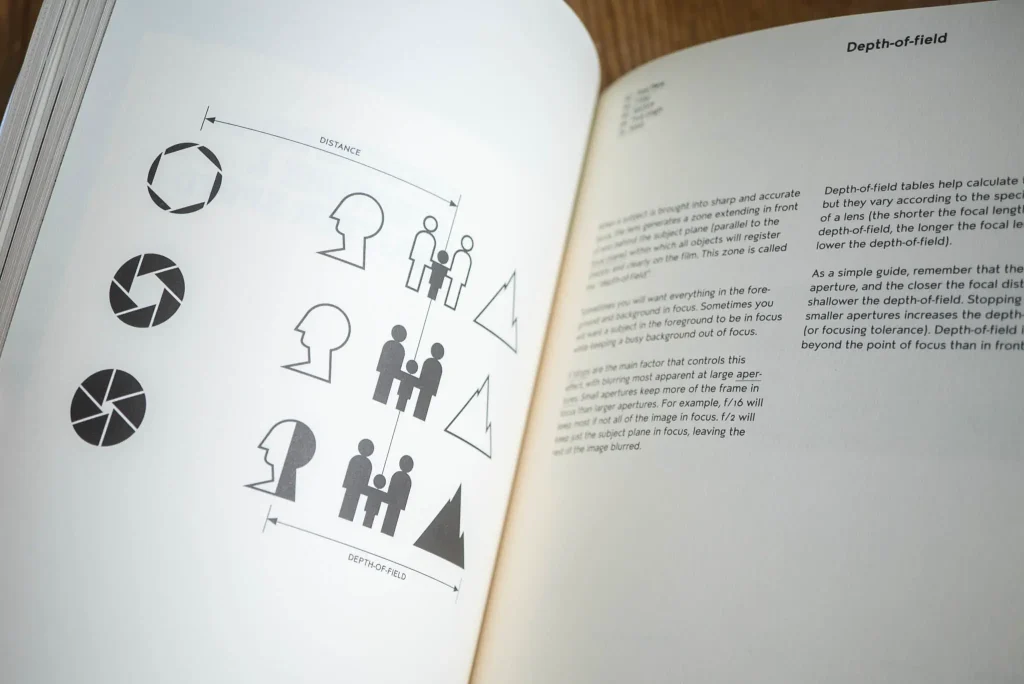
Now, I don’t think I am the greatest writer, but I like to think that I do my best to explain things in a way that is neither patronising, or is so in-depth that it’s over-complicated. I like to try and write like this as I don’t know the level at which the audience is reading. I’m not sure I’m always successful at this – it’s hard to be objective about ones own writing in that way – but, the beauty of this book is that it finds that balance very well indeed. Even reading some of the most basic concepts I didn’t feel I was being spoken down to, yet at the some time it also manages to explain the more complex subject matter without over complication or getting too bogged down in unnecessary detail.
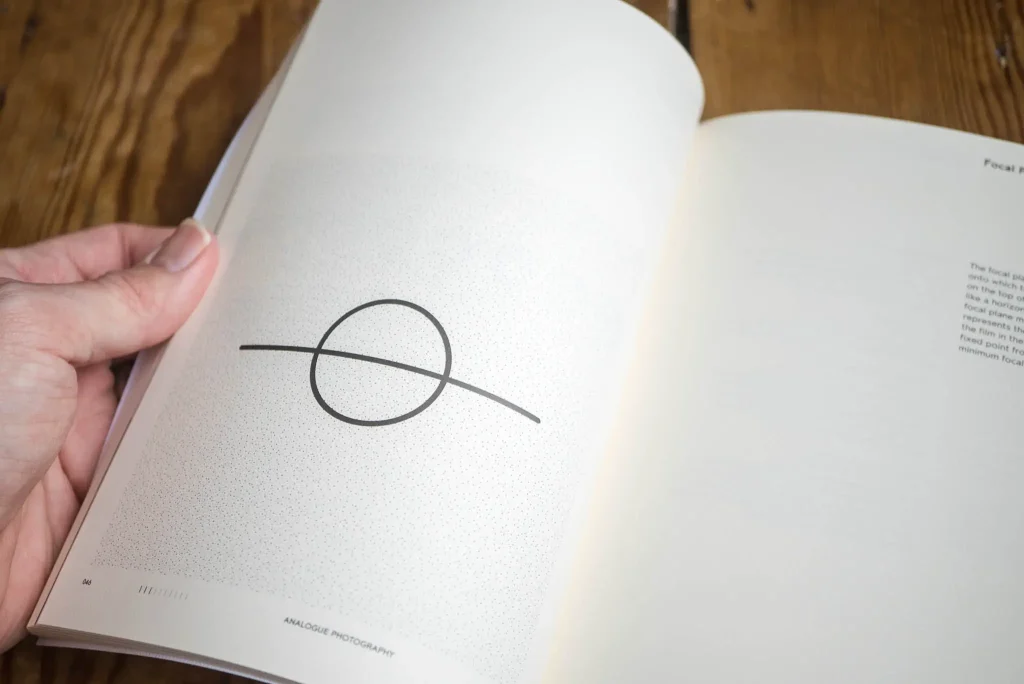
Final thoughts
The only mixed feeling I have about this book is that I didn’t find my way to write it first. It really does feel like the exact book I would have aspired too. Fortunately for all out there who will eventually consume it, I think it is quite likely to be a lot better than the job I would have done. Andrew Bellamy, the chap who wrote it and put it together, has done a fine job! Whilst I shall forever be reluctant to answer the question “which film camera should I buy first” (something I get asked a lot), whatever answer I do give, it will likely be followed by “make sure you also buy a copy of ‘Analogue Photography – Reference Manual for Shooting Film'”. Recommended reading!
This book was published by and can be bought from Ars-Imagio and Vetro
It was written by Andrew Bellamy who’s wonderful website can be found here
Be sure to check out some of Andrew’s camera articles and the glossary which was Andrews starting point for this book.
Share this post:
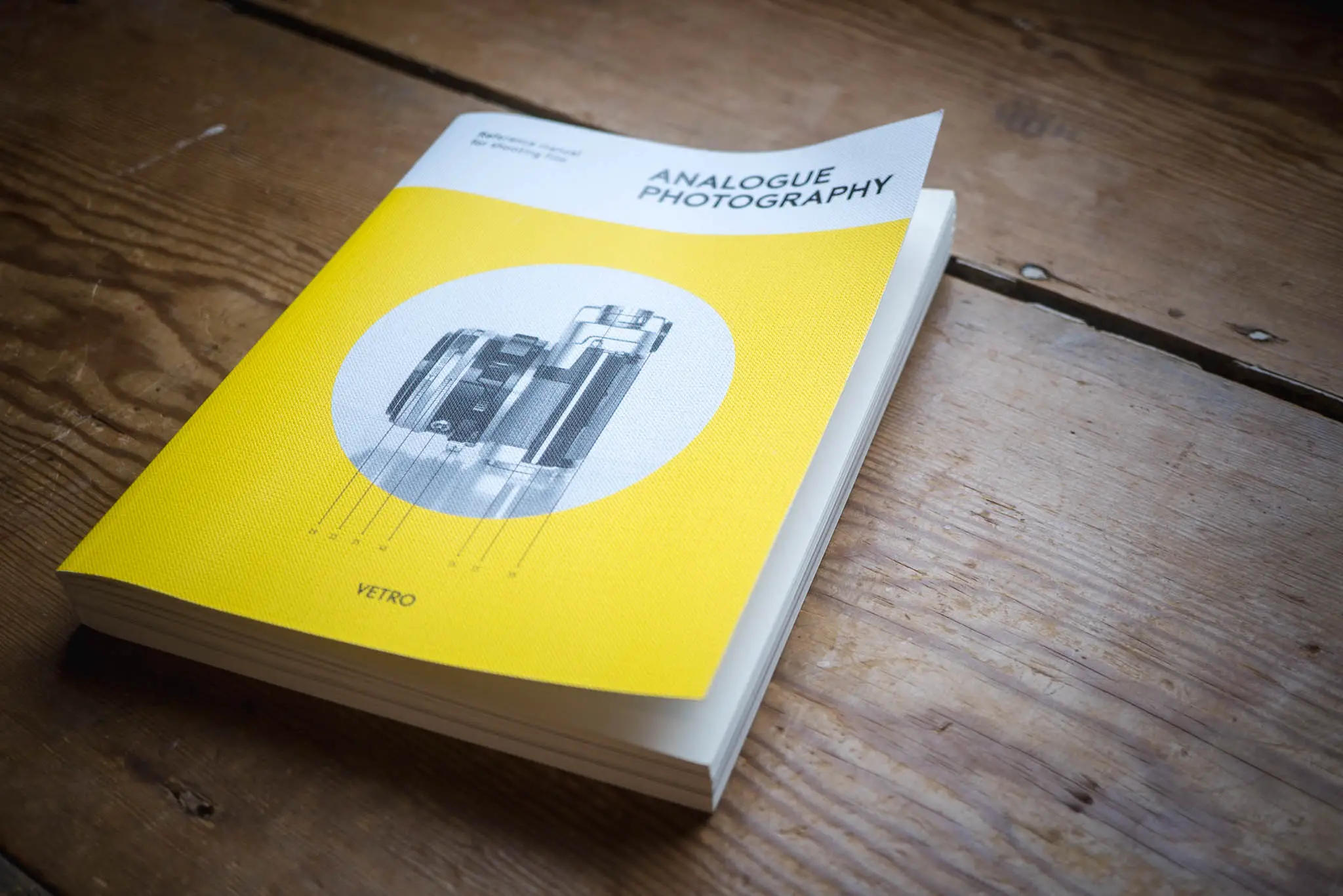


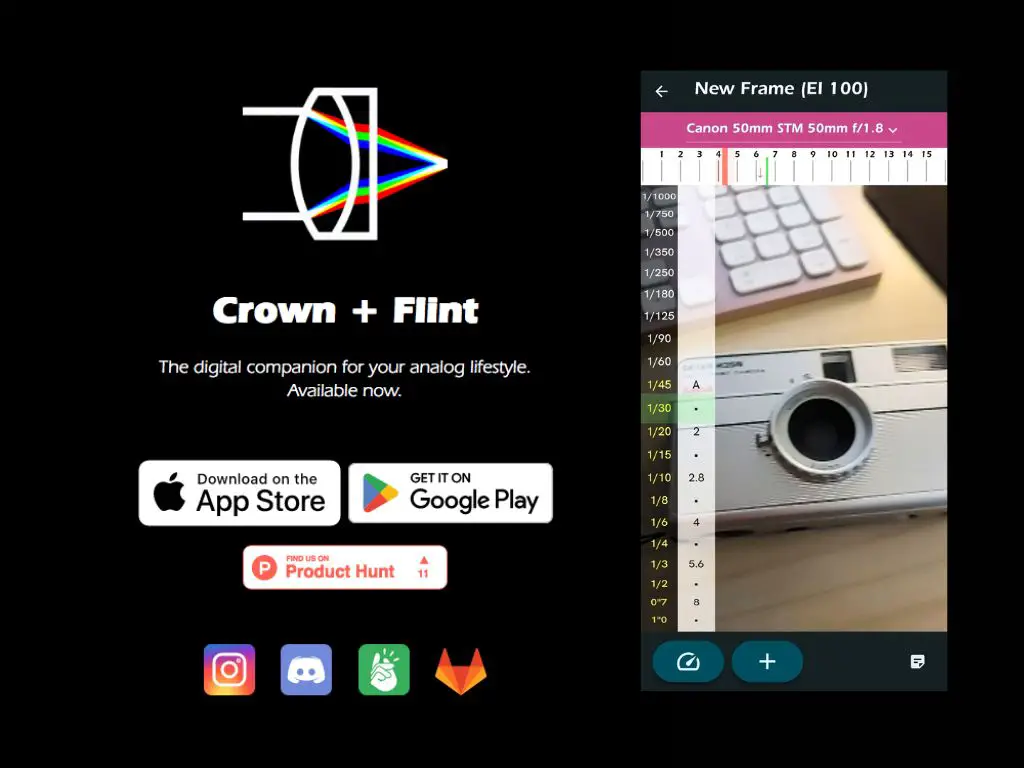
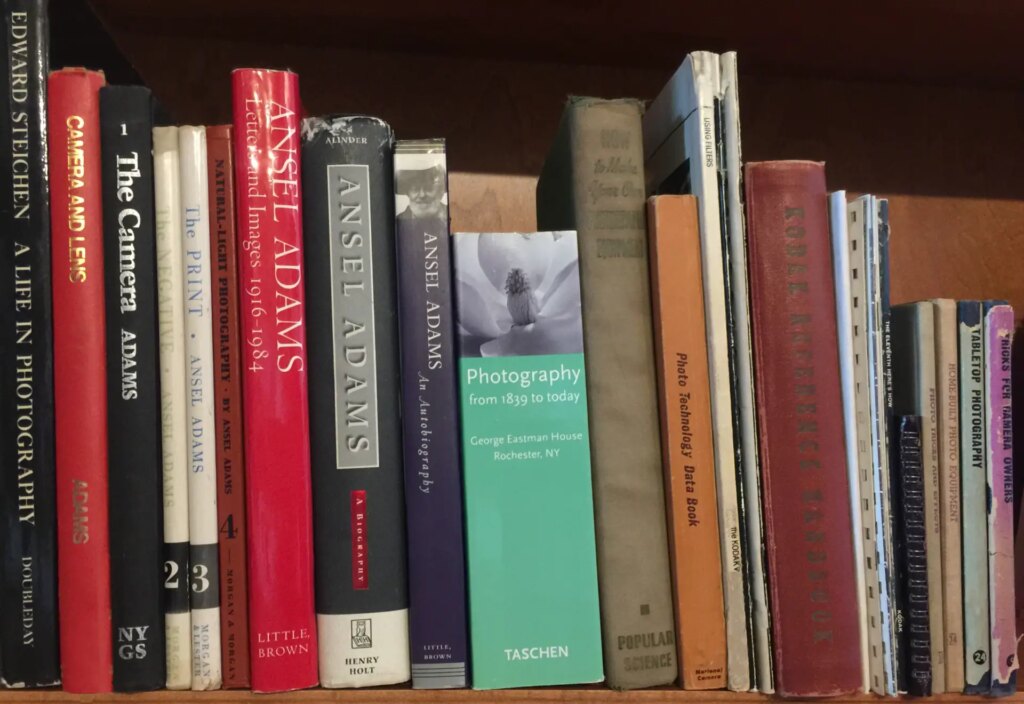




Comments
John Furlong on ‘Analogue Photography – Reference Manual for Shooting Film’ – a Strong Recommendation
Comment posted: 25/03/2018
For info., I checked the shipping costs from Ars-Imagio - it's almost as much as the cost of the book. (£19.90 for the book and £19.23 for shipping)
They have a distribution arrangement with First Call Photographic over here - they're doing the book a bit cheaper and shipping is just over £7
Comment posted: 25/03/2018
Evan Bedford on ‘Analogue Photography – Reference Manual for Shooting Film’ – a Strong Recommendation
Comment posted: 25/03/2018
Rick Rios on ‘Analogue Photography – Reference Manual for Shooting Film’ – a Strong Recommendation
Comment posted: 25/03/2018
Dan Castelli on ‘Analogue Photography – Reference Manual for Shooting Film’ – a Strong Recommendation
Comment posted: 26/03/2018
Here in the US, you can find it at Freestyle Photo for $24.99. I haven't checked online sources.
Steve Wales on ‘Analogue Photography – Reference Manual for Shooting Film’ – a Strong Recommendation
Comment posted: 26/03/2018
Comment posted: 26/03/2018
Richard B on ‘Analogue Photography – Reference Manual for Shooting Film’ – a Strong Recommendation
Comment posted: 31/03/2018
Terry B on ‘Analogue Photography – Reference Manual for Shooting Film’ – a Strong Recommendation
Comment posted: 31/12/2018